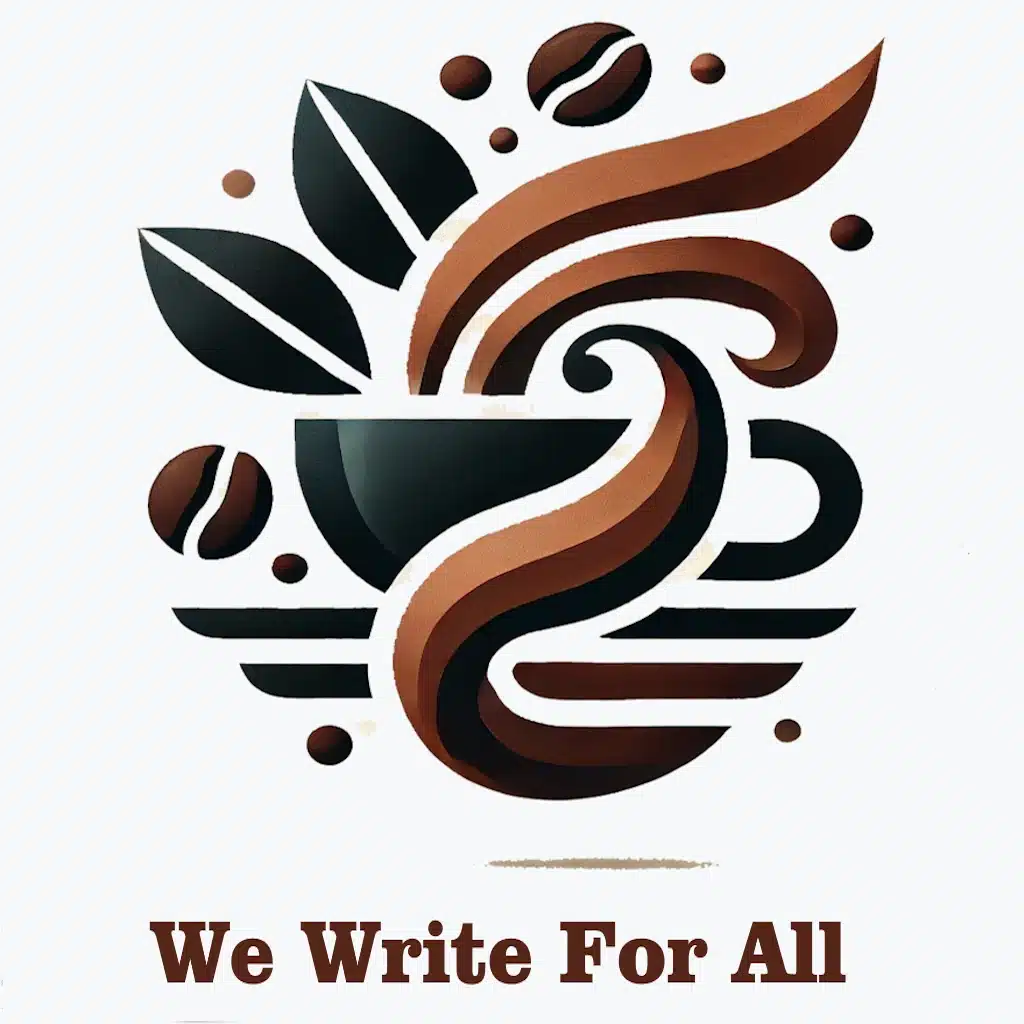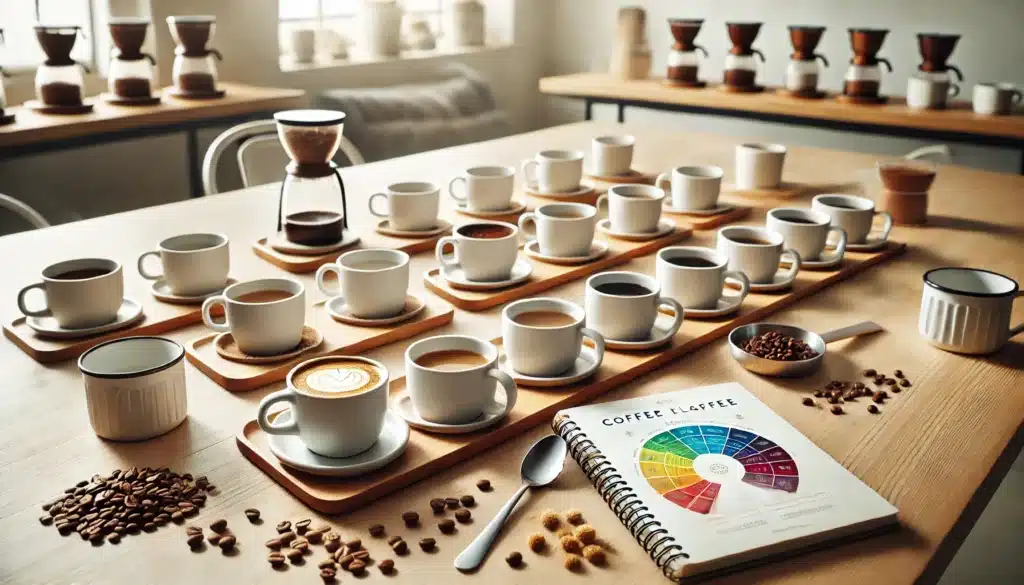Tasting coffee is much more than simply drinking it. It’s a mindful, sensory experience that involves attention, technique, and curiosity. Coffee professionals — from baristas to Q-graders — train their senses to identify flavors, aromas, textures, and even defects in the cup.
In this article, you’ll learn how to approach coffee like an expert and uncover the hidden layers in every sip.
1. Why Taste Coffee Professionally?
Tasting coffee using professional methods helps you:
- Identify quality and potential defects
- Compare origins, processes, and roasts
- Develop a sensory vocabulary
- Deepen your appreciation for the drink
It also makes it easier to choose coffees that match your personal taste.
2. Set the Right Environment
A good tasting environment is essential. Try to ensure:
- A clean, quiet, well-lit space
- No strong odors or distractions
- Neutral surroundings (white cups, minimal decor)
Use a cupping spoon if available, or a regular spoon, and have water and plain crackers nearby to cleanse your palate.
3. Start with the Dry Fragrance
Before adding water, smell the freshly ground coffee. This is the dry fragrance, and it reveals the most volatile aromatic compounds — often fruity, nutty, floral, or earthy.
Take notes. Does it remind you of chocolate? Citrus? Toast? This step sets the tone for what’s to come.
4. Smell the Wet Aroma
Pour hot water over the grounds and wait for 4 minutes. Then, break the crust with your spoon and smell again — this is the wet aroma.
This stage offers deeper, richer smells. You might notice sweetness, spice, or fermentation. It’s a great contrast to the dry fragrance and gives more clues about flavor.
5. Slurp the Coffee
Once the coffee cools slightly (around 60°C / 140°F), take a spoonful and slurp it quickly. The slurp aerates the liquid, spreading it across your tongue and into your nasal passages.
This helps you perceive the full range of flavors and aromatics.
6. Identify the Key Flavor Elements
Focus on the three fundamental flavor dimensions:
- Acidity: Brightness or tang (like citrus, apple, or berry)
- Body: Texture and weight (light like tea or heavy like cream)
- Sweetness: Natural sugar perception (honey, caramel, fruit)
Bitterness, balance, and aftertaste are also important markers of quality.
7. Use a Flavor Wheel
Tools like the SCAA Coffee Taster’s Flavor Wheel help you describe what you’re tasting. Start broad, then narrow down:
- Fruity → Citrus → Grapefruit
- Nutty → Roasted Nut → Hazelnut
This builds your sensory vocabulary and helps in comparing coffees.
8. Compare Coffees Side by Side
One of the best ways to develop your palate is to taste two or more coffees at once. Look for:
- Differences in origin
- Processing methods (washed, natural, honey)
- Roast level
Note how each element — aroma, acidity, body, sweetness — varies between cups.
9. Take Notes and Reflect
Record your impressions. Use a tasting sheet or notebook to track:
- Origin and variety
- Aromas and flavors
- Strength of acidity and body
- Overall impression
Over time, this builds a personal database of preferences and discoveries.
10. Practice Makes Perception
Tasting coffee like an expert is a journey, not a destination. The more you practice, the more you’ll notice:
- Subtle differences in flavor
- How grind size and water affect taste
- How freshness changes aroma and mouthfeel
Be curious, stay open, and trust your senses — they get sharper with every cup.
Final Thoughts: Discover the World in Every Sip
Tasting coffee is an invitation to explore. Each cup carries a story — of soil, climate, variety, processing, and the hands that nurtured it. By learning to taste like an expert, you open yourself to a richer, deeper connection with one of the world’s most complex beverages.







